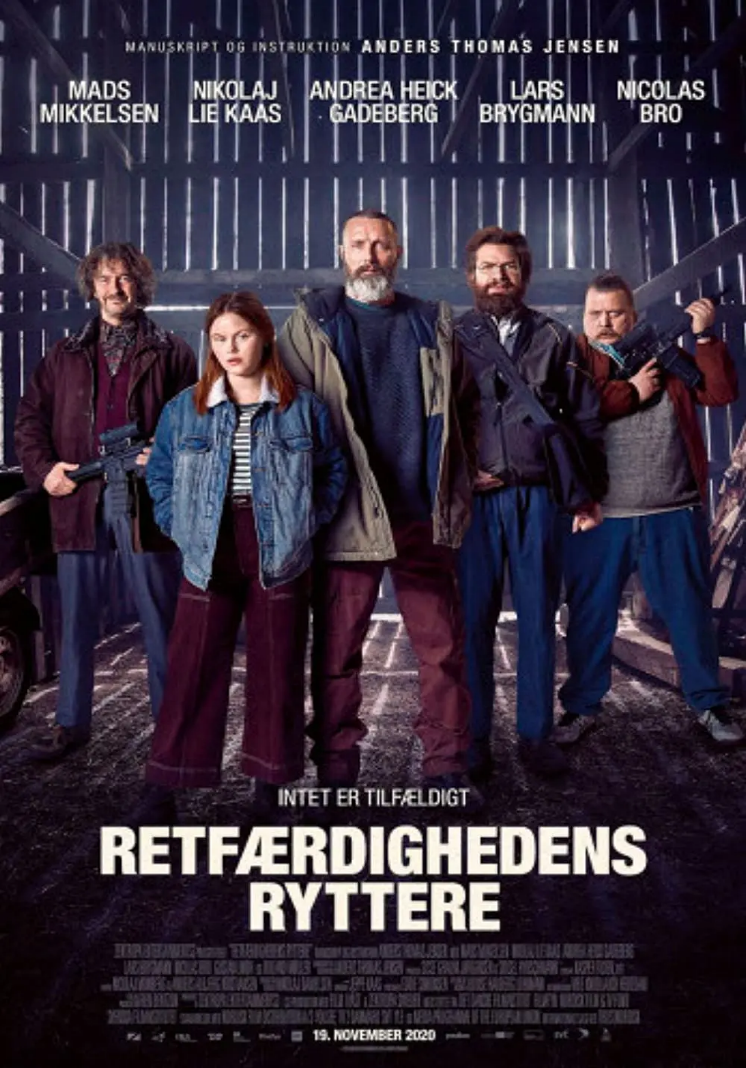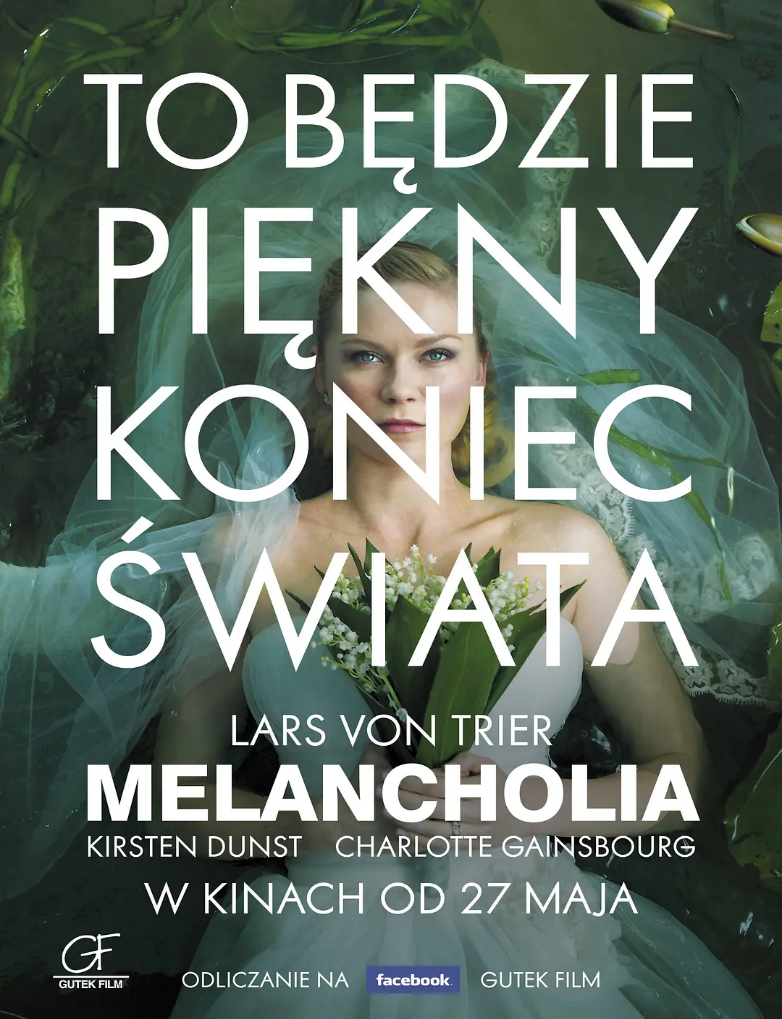Berdreymi The teenagers in front of the camera are not natural, like manipulated characters.

We have all wondered what kind of adults we would become. When asked why he wanted to become a director, Gomesen said that he initially wanted to be an actor or a photographer, and was not averse to trying other forms of art. It was only when he was 18 years old and happened to see Wong Kar-wai’s Fallen Angels (1995) that his eyes were opened to the fact that “film is an art that encompasses all possibilities”. Gmundson believes that his experience as an art student has given him a good foundation to become a director, keeping his curiosity for the unknown and expecting surprises when he creates. “When you paint, you often don’t know what you’re going to draw, and that’s what happens when I write a script. Following my intuition and keeping an open mind makes the creative process more interesting.
The theme of Gmundsson’s films so far always seems to revolve around the lives of teenagers. From his short film Whale Valley (2013), which was selected for the Cannes Film Festival, to his first feature film Heartstone (2016), which won the Cool Kids Lion Award at the Venice Film Festival, to Icelandic Teenager 3 Plus 1, which premiered at the Berlinale earlier this year, all of them portray the anxiety of growing up as an adolescent boy. “I’ve always been interested in telling stories about teenagers. At that stage of life, a lot of things happen: self-discovery, changing interests, loss of innocence, etc”.
Like Gmundsson’s previous work, the new film is based on personal experience, inspired by the director’s youth growing up in the suburbs of Iceland. However, unlike the first two films, which took place in rural towns and used the unique Icelandic landscape to present the characters, the new film was shot in Reykjavik, the capital. The director specifically sought out “lesser-known corners of the city,” places where adults were not present, closer to where teenagers met. Although the film does not specify the exact year, if you look closely, you can easily see that smartphones do not exist, and the computer used by the boy in the film to watch pornographic animation is also an old model. The director felt he could not speak for the youth of today, so he set the story in the 2000s, which he was familiar with, and felt more grounded in the process of writing the script.
Reflecting on his own upbringing, Gmundson used the word “rage” to describe his youthful and “incomprehensible to adults,” perhaps explaining why he repeatedly tried to more accurately capture the inner landscape of teenagers’ uncertainty and confusion through his work. When he watches films about teenagers, he is often aware of the adult intentions behind the camera, and that the teenagers in front of the camera do not feel natural, like manipulated characters,” says Grimonsson. “In my work, I want to be as honest and realistic as possible about what teenagers look like,” he says.
How do you realistically present adolescent boys, capturing their emotional and complex inner world? This is probably due to Grøvlen’s longtime partner, Norwegian cinematographer Sturla Brandth Grøvlen, best known for the one-shot German film Victoria (2015). The two have worked together since the short film Ártún (2014) and have developed a good understanding of each other, “He is my closest working partner. On set, the two would discuss the emotions they wanted to convey in each scene, as well as the most visually interesting objects. When it comes to the violent teenage fights and chase scenes in the film, the director stressed the importance of rehearsing beforehand and communicating with the actors on how to shoot more naturally in order to make the scenes realistic and realistic, and to maintain the film’s consistent tone. The director described Sturla’s video magic as a “magician”, “he is very good with actors and good at capturing subtle body movements”, but outside of planning, “we often follow our instincts”.
“Trust your gut” was the key word that kept coming up during the interview. The film begins with a dream of the main character Ai, who also has different precognitive dreams repeatedly in the film. These fantastical elements reflect the Icelandic people’s tolerant attitude towards the supernatural. “In Icelandic society, it is common to talk about dreams and intuition, and the family I grew up in is no exception. The original title of the film, Berdreymi, is close to the English word foreshadowing, in which the main character, Ai, must trust himself and let his subconscious lead him in the right direction. The director explains: “As I get older, I realize the importance of trusting my intuition, especially when creating.
Growing up is a timeless genre, and Gmundson reveals that his favorite classic is American director Rob Reiner’s Stand By Me (1986). Even though the tone of his own work may be more brutal and brutal, there is no shortage of poignant and angry emotions in the film, and he hopes that what audiences will remember after watching the film is the beautiful friendship between the characters. No matter what the future holds, thank you for being my friend. When you need it, the film will be on your side.




